Exclusive
 What Does Science and ESG Hold in Trump 2.0?
What Does Science and ESG Hold in Trump 2.0?
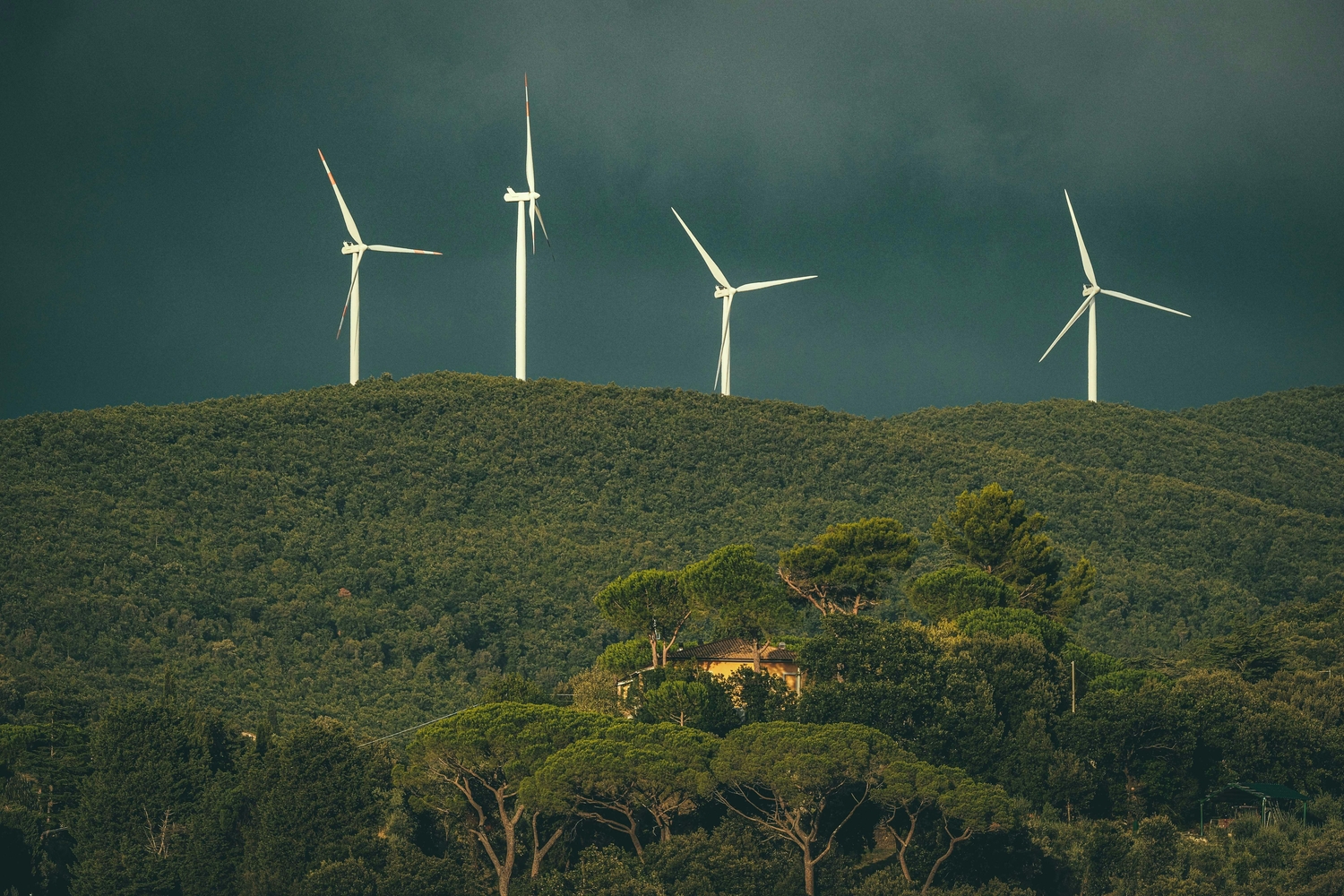 Nature-Based Solutions: Balancing Promise and Limitations in Climate Action
Nature-Based Solutions: Balancing Promise and Limitations in Climate Action
 Crafting Eco-Friendly Strategies for Niche Enterprises
Crafting Eco-Friendly Strategies for Niche Enterprises
 U.S. Companies Roll Back ESG Commitments
U.S. Companies Roll Back ESG Commitments
 How New Rules Are Making Greenwashing a Thing of the Past
How New Rules Are Making Greenwashing a Thing of the Past
 Why Scope 3 is the Real Test of Corporate Climate Commitment
Why Scope 3 is the Real Test of Corporate Climate Commitment
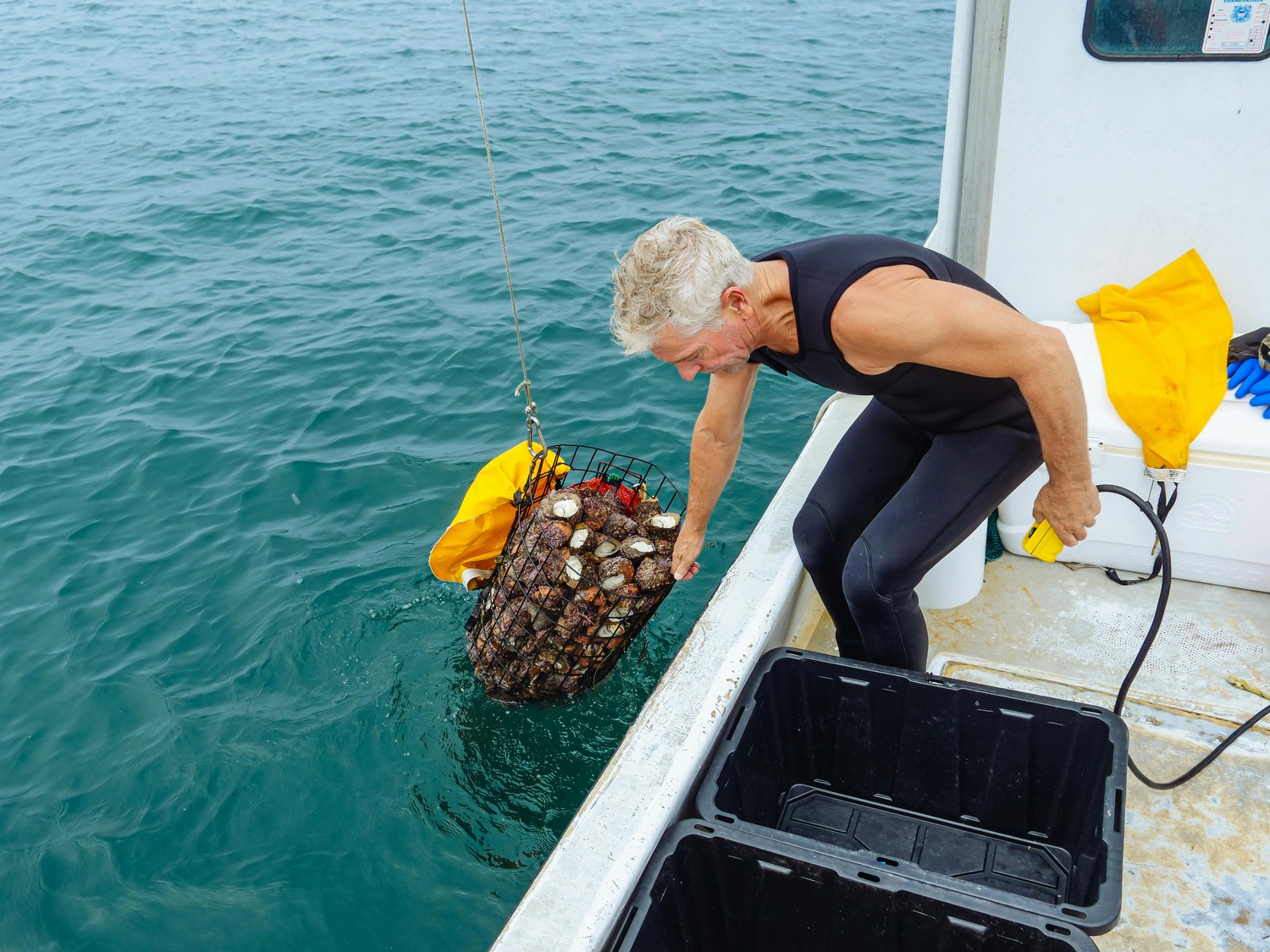 Water Sustainability in 2025 – Digitalization, AI, and the Rise of Smart Water Systems
Water Sustainability in 2025 – Digitalization, AI, and the Rise of Smart Water Systems
 From Pledges to Practice: Building Coherent and Reliable Climate Policy
From Pledges to Practice: Building Coherent and Reliable Climate Policy
.jpeg) The Role of Circular Economy in Waste Management
The Role of Circular Economy in Waste Management
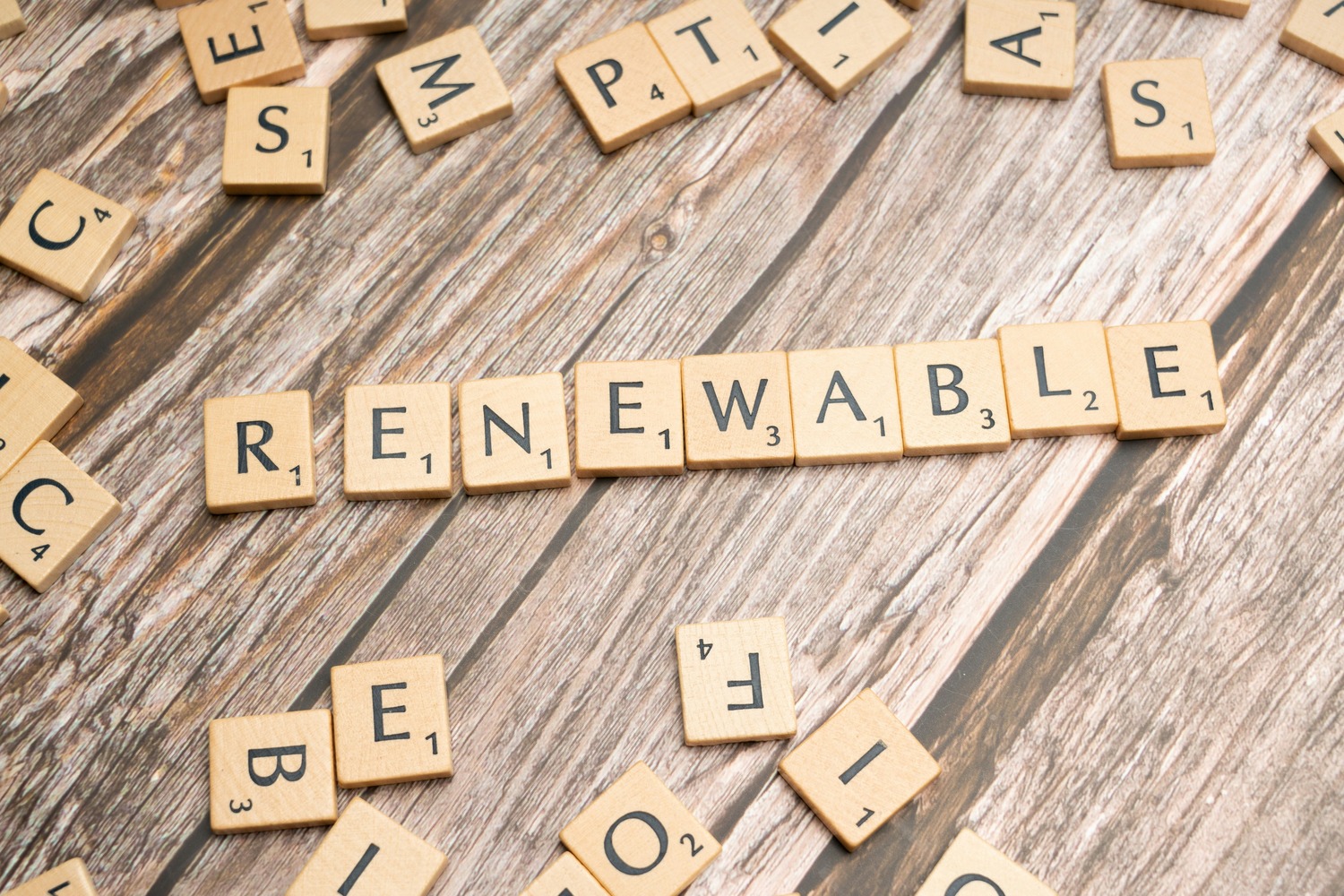 Small Steps, Big Wins: The Power of Everyday Sustainability
Small Steps, Big Wins: The Power of Everyday Sustainability
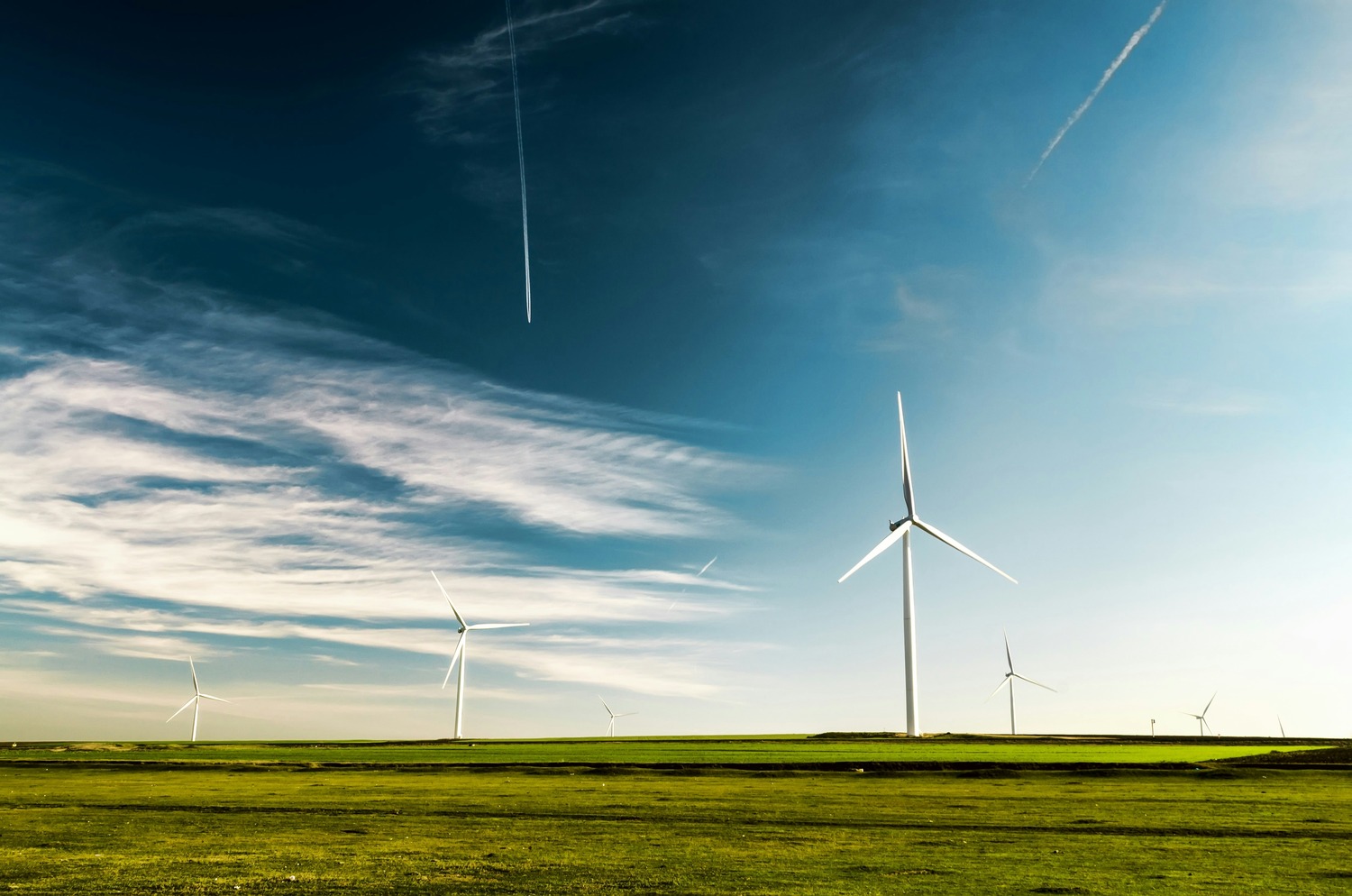 Zero Waste at Home: Practical Tips for a Greener Lifestyle
Zero Waste at Home: Practical Tips for a Greener Lifestyle
 India’s Green Hydrogen Mission – Pioneering a Low-Carbon Future
India’s Green Hydrogen Mission – Pioneering a Low-Carbon Future
.jpg) Urban Resilience – How Nature-Based Solutions Are Transforming Cities
Urban Resilience – How Nature-Based Solutions Are Transforming Cities
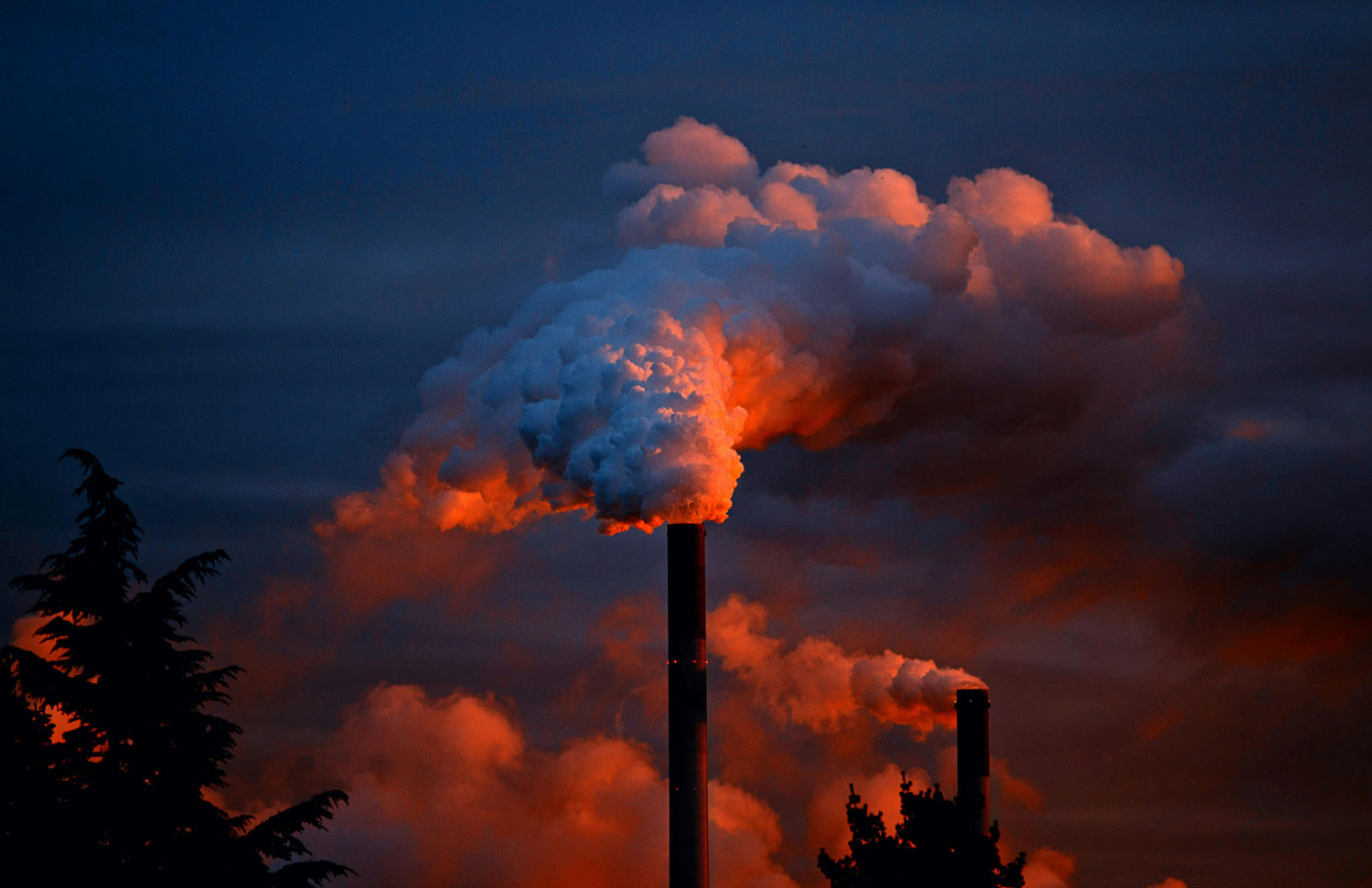 The ISO Net-Zero Standard – A Game Changer for Global Climate Action
The ISO Net-Zero Standard – A Game Changer for Global Climate Action
.jpg) Phasing Out Fossil Fuels— A Just Transition
Phasing Out Fossil Fuels— A Just Transition
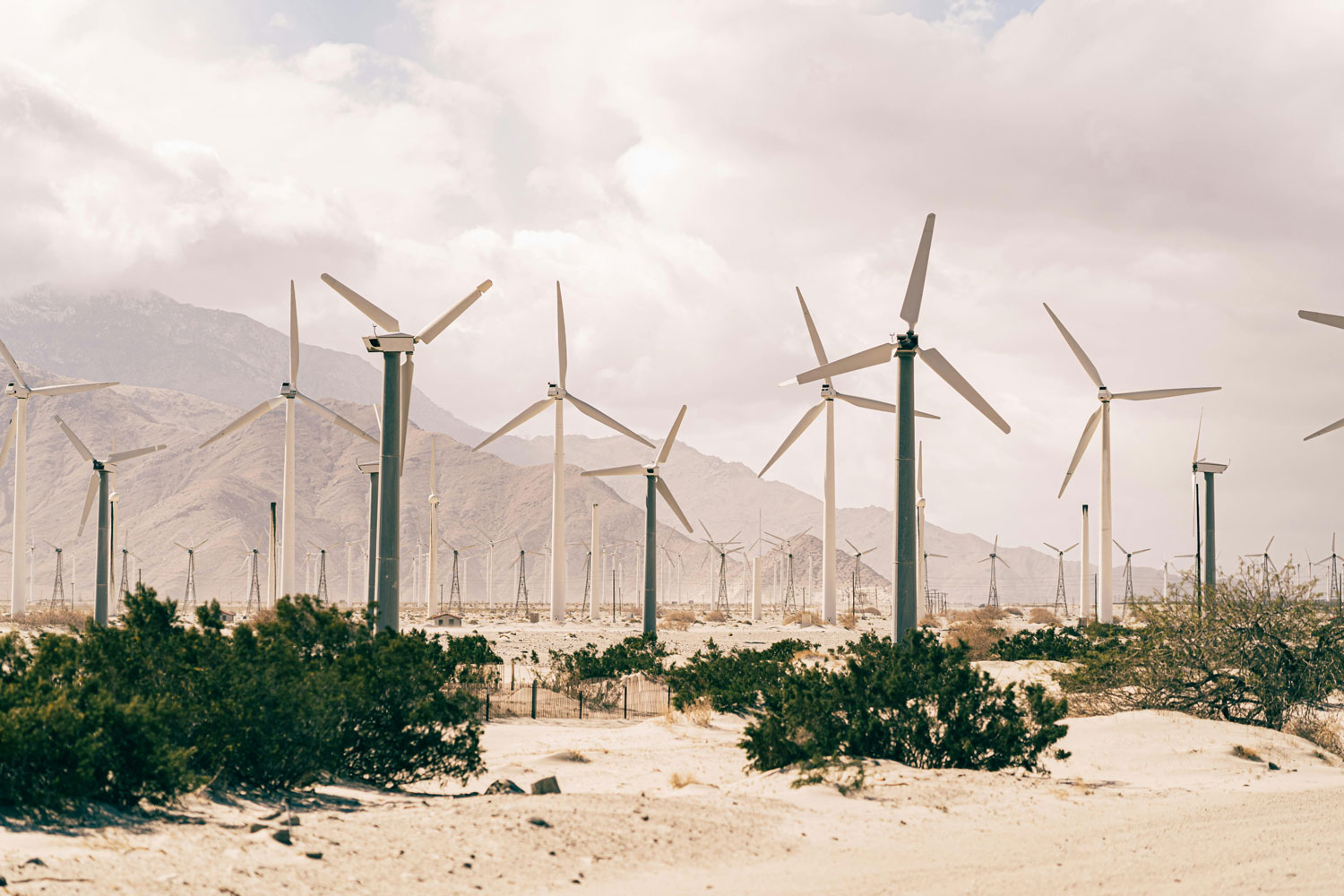 Life Cycle Assessment: The Key to Sustainable Decision-Making
Life Cycle Assessment: The Key to Sustainable Decision-Making
.jpg) Sustainable Menus— A Recipe for Environmental Responsibility
Sustainable Menus— A Recipe for Environmental Responsibility
.jpg) Green Hydrogen for a Sustainable Future
Green Hydrogen for a Sustainable Future
.jpg) Net Zero Made Simple— Everything You Need to Know
Net Zero Made Simple— Everything You Need to Know
 Regenerative Agriculture— Revitalizing Farms & Rebuilding Ecosystems
Regenerative Agriculture— Revitalizing Farms & Rebuilding Ecosystems
 Decarbonizing Transportation with Electric Vehicles and Beyond
Decarbonizing Transportation with Electric Vehicles and Beyond
 Reducing Consumption— Sustainable Practices at Home and Work
Reducing Consumption— Sustainable Practices at Home and Work
 Harnessing Power Through Sustainable Means
Harnessing Power Through Sustainable Means
 Decarbonization— The Path to a Low-Carbon Future
Decarbonization— The Path to a Low-Carbon Future
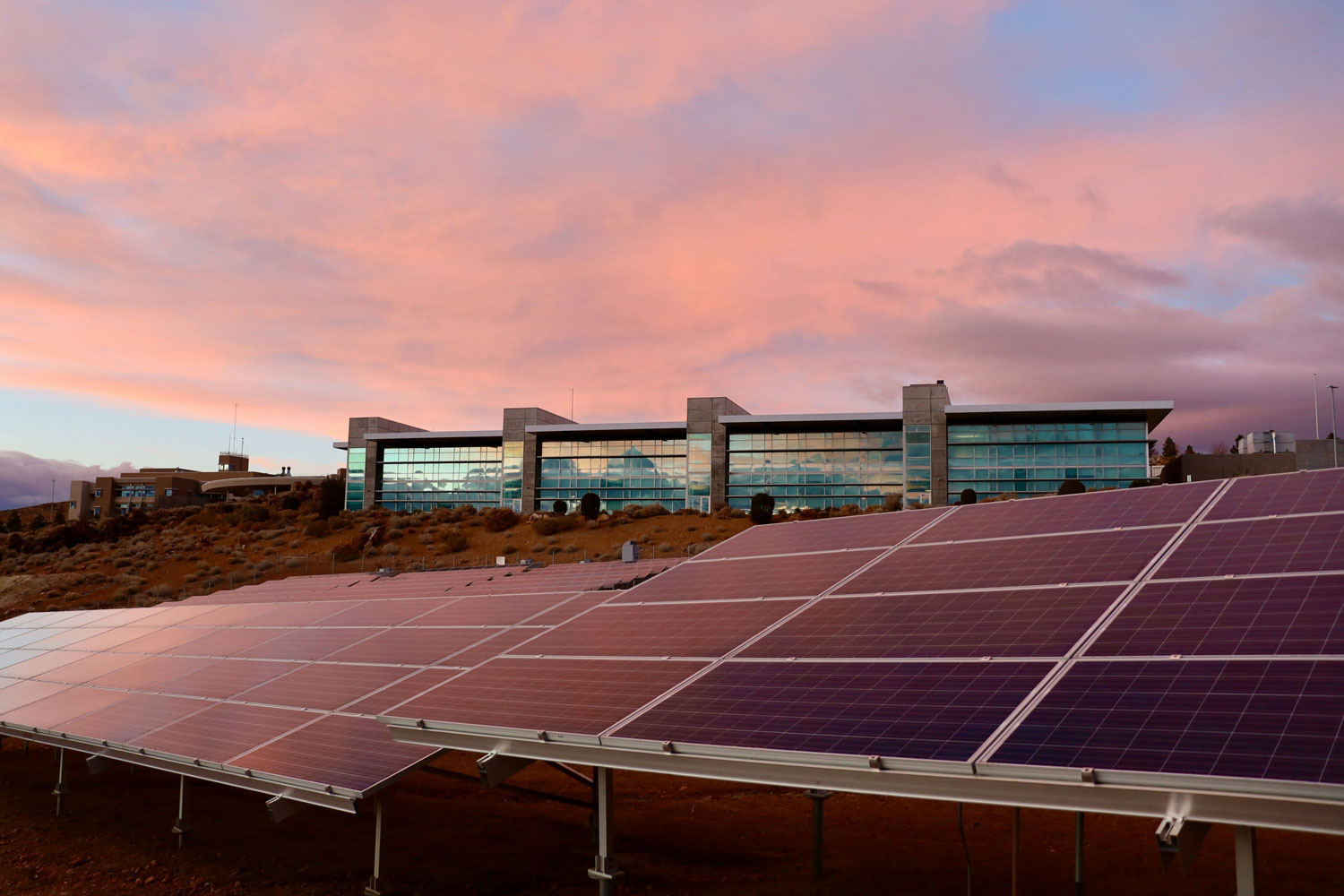 The Path to a Sustainable World
The Path to a Sustainable World

Subscribers: 236
Climate Policy in 2025 – Progress, Gaps, and the Road Ahead

06 May 2025
250
As global temperatures continue to rise— 2025 has become a pivotal year for climate policy. Governments and institutions are scrambling to align their strategies with the Paris Agreement’s 1.5°C goal, but progress remains uneven. Here’s a breakdown of key developments and challenges shaping climate action this year:
1. Shipping Industry’s Net-Zero Framework
In April 2025, the International Maritime Organization (IMO) approved groundbreaking regulations to decarbonize global shipping, responsible for 3% of global emissions. The new framework mandates:
- Fuel Standards: Ships over 5,000 gross tonnage must adopt cleaner fuels (e.g., green ammonia, hydrogen) starting in 2027.
- Carbon Pricing: A global levy on shipping emissions, with funds directed to climate-vulnerable nations.
This marks the first legally binding net-zero framework for an entire industry sector. While applauded, critics argue the 2050 net-zero target is too lenient for an industry projected to grow by 40% by 2050.[1]
2. Climate Change Performance Index 2025: A Reality Check
The latest Climate Change Performance Index (CCPI), released in November 2024— reveals a mixed global picture:
- Renewables Surge: 61 of 64 countries increased renewable energy shares with solar and wind dominating new installations.
- Fossil Fuel Reliance Persists: Oil and gas production rose in 29 countries, undermining emission cuts.
Top Performers:
- Denmark and Sweden lead in renewables and policy.
- India ranks 7th, praised for its 500 GW non-fossil energy target but criticized for coal expansion.
Laggards:
- The U.S. and China, despite renewable growth, remain top emitters due to fossil fuel dependencies.[2]
3. Emissions Reality: 2025 Levels to Exceed 1990 by 54%
A October 2024 UNFCCC report warns that global emissions in 2025 will be 54% higher than 1990 levels, even if current climate pledges are met. Key findings:
- 2030 Projections: Emissions could drop only 2.8% below 2025 levels, far short of the 43% reduction needed to limit warming to 1.5°C.
- Implementation Gaps: Fewer than half of countries have integrated climate targets into national laws, risking missed deadlines.[3]
4. Policy Innovations and Challenges
- Carbon Tariffs: The EU’s Carbon Border Adjustment Mechanism (CBAM) is pushing industries like steel and cement to adopt greener practices.
- AI in Climate Modeling: Governments are using machine learning to predict extreme weather and optimize renewable grids.
- Public Resistance: Communities oppose CCS projects and nuclear plants over safety concerns, slowing deployment.
The Path Forward:
- Strengthen NDCs: Countries must submit more ambitious 2025 climate plans ahead of COP30.
- Phase-Out Subsidies: Redirect $7 trillion in annual fossil fuel subsidies to renewables and grid upgrades.
- Equity Focus: Ensure climate finance reaches Global South nations bearing the brunt of climate impacts.
[1] https://www.imo.org/en/MediaCentre/PressBriefings/pages/IMO-approves-netzero-regulations.aspx
[2] https://newclimate.org/resources/publications/climate-change-performance-index-2025
[3] https://www.downtoearth.org.in/climate-change/2025-emissions-set-to-surpass-1990-levels-by-over-50-despite-current-climate-pledges-unfccc-warns
Read Next
 Blogs
Blogs
India’s Green Hydrogen Mission – Pioneering a Low-Carbon Future
 Blogs
Blogs
Water Sustainability in 2025 – Digitalization, AI, and the Rise of Smart Water Systems
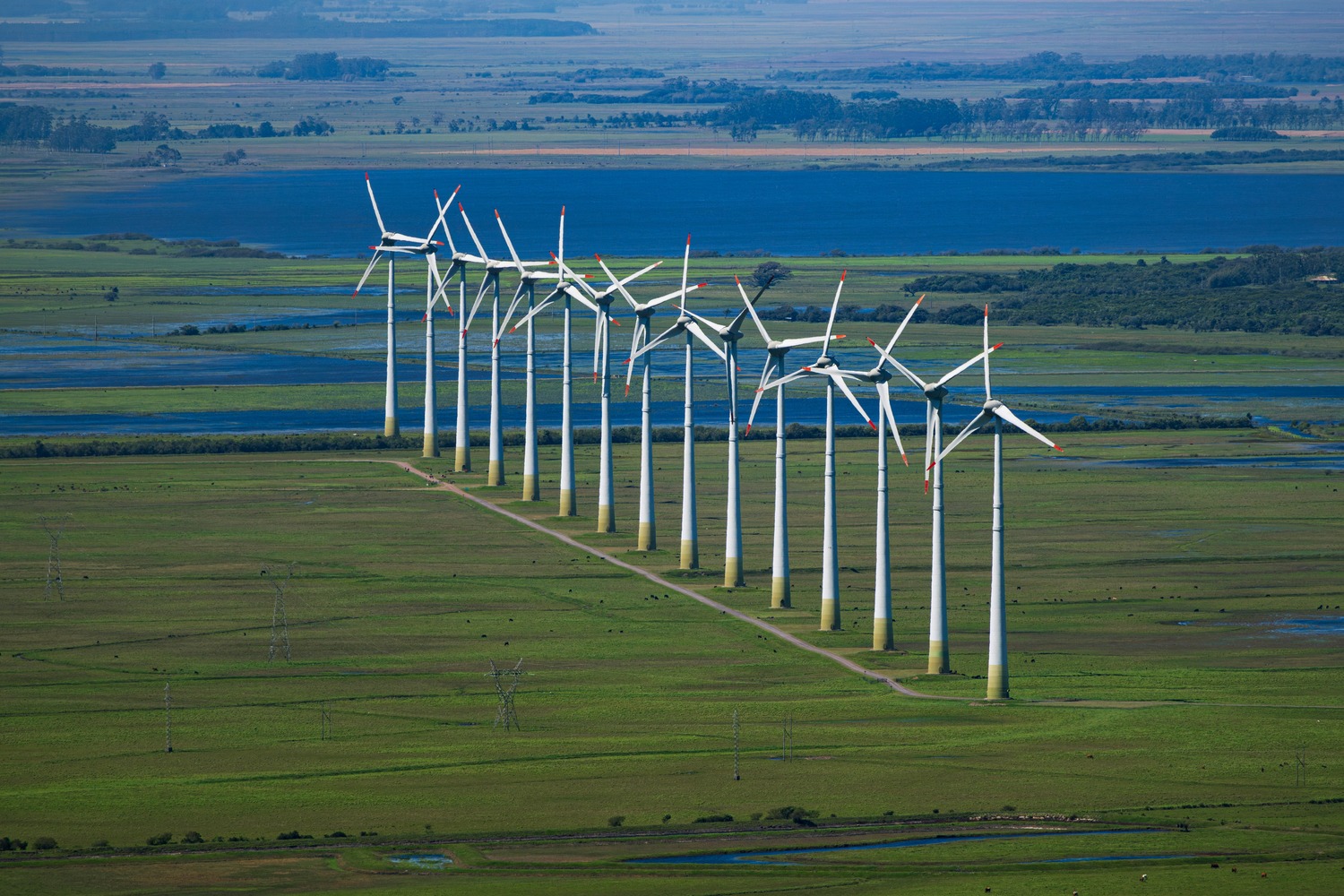 Articles
Articles
Sustainability Limelight: Constructing a Better Future Together
.jpg) News
News
Budget 2025 and India’s Sustainable Growth – ESG Trends to Watch
 Articles
Articles
Making Your Workplace a Greener Place
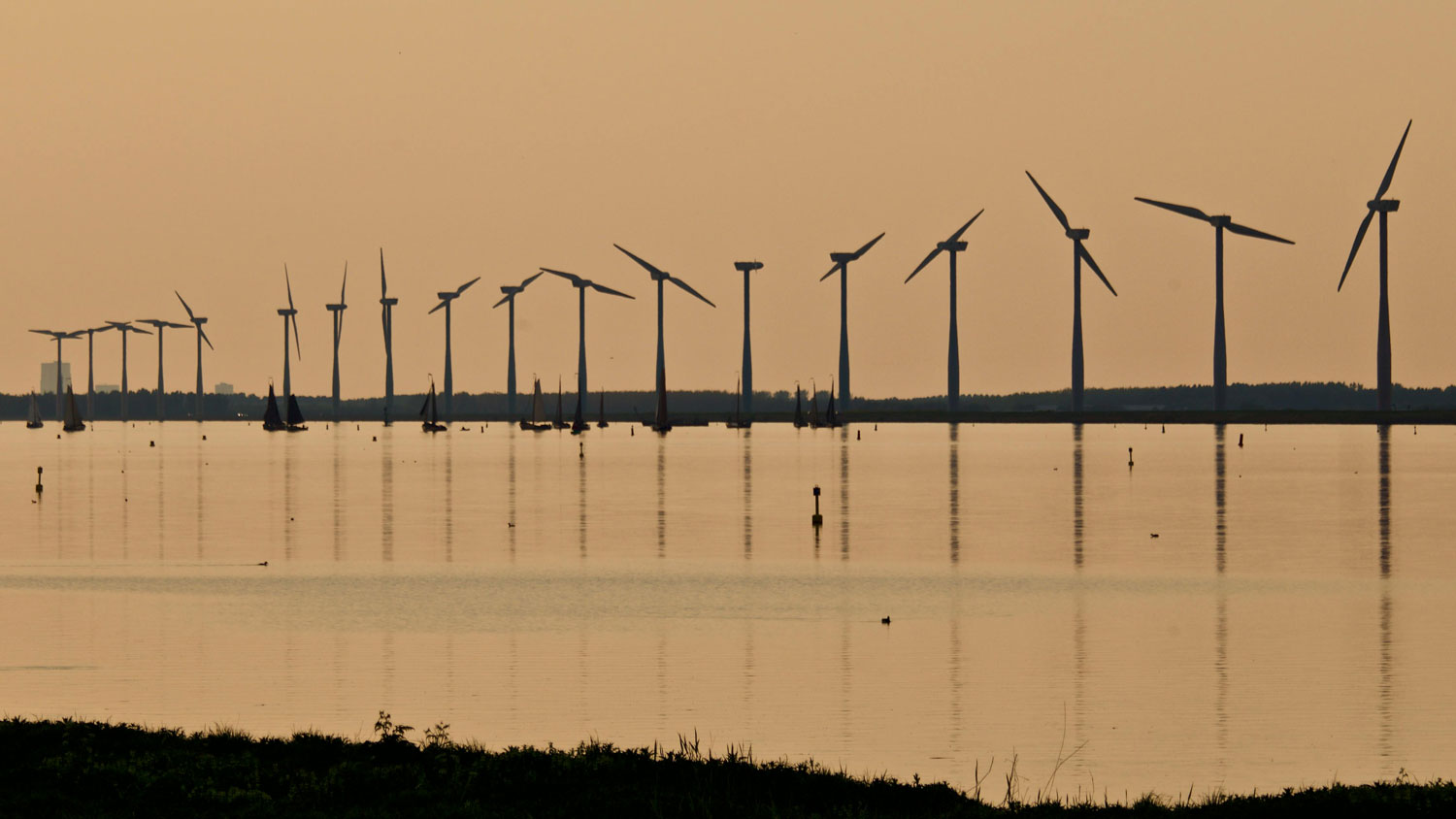 Articles
Articles
Climate-Resilient Infrastructure in a Post-Net-Zero World
Live Polls

.jpg)
Leave your opinion / comment here